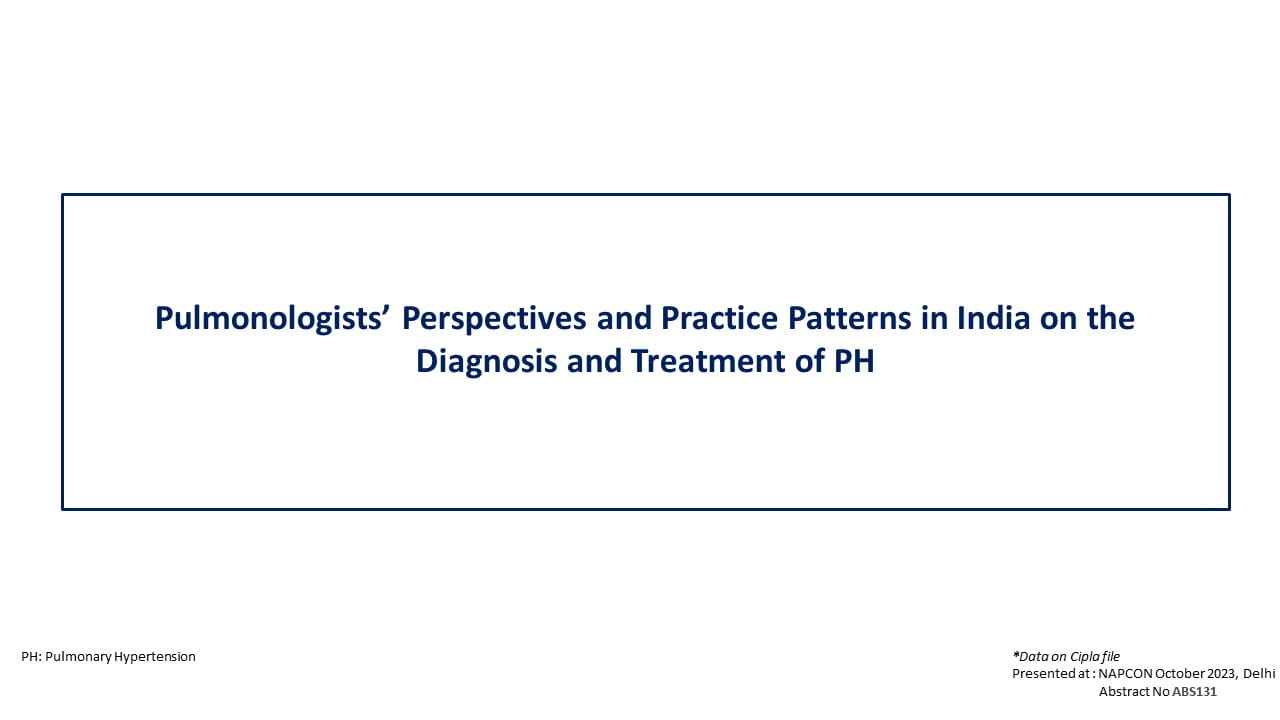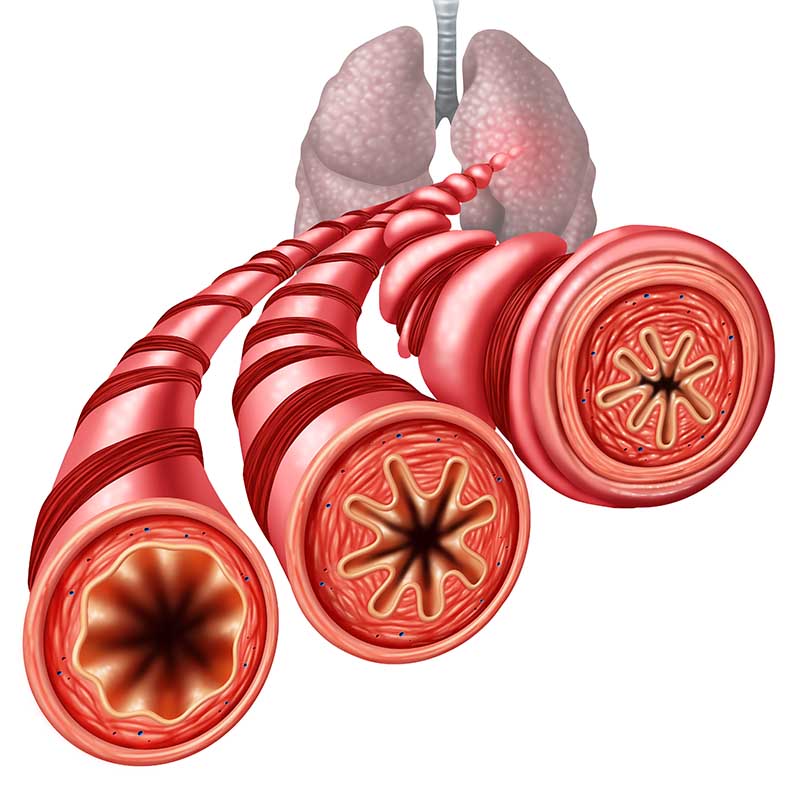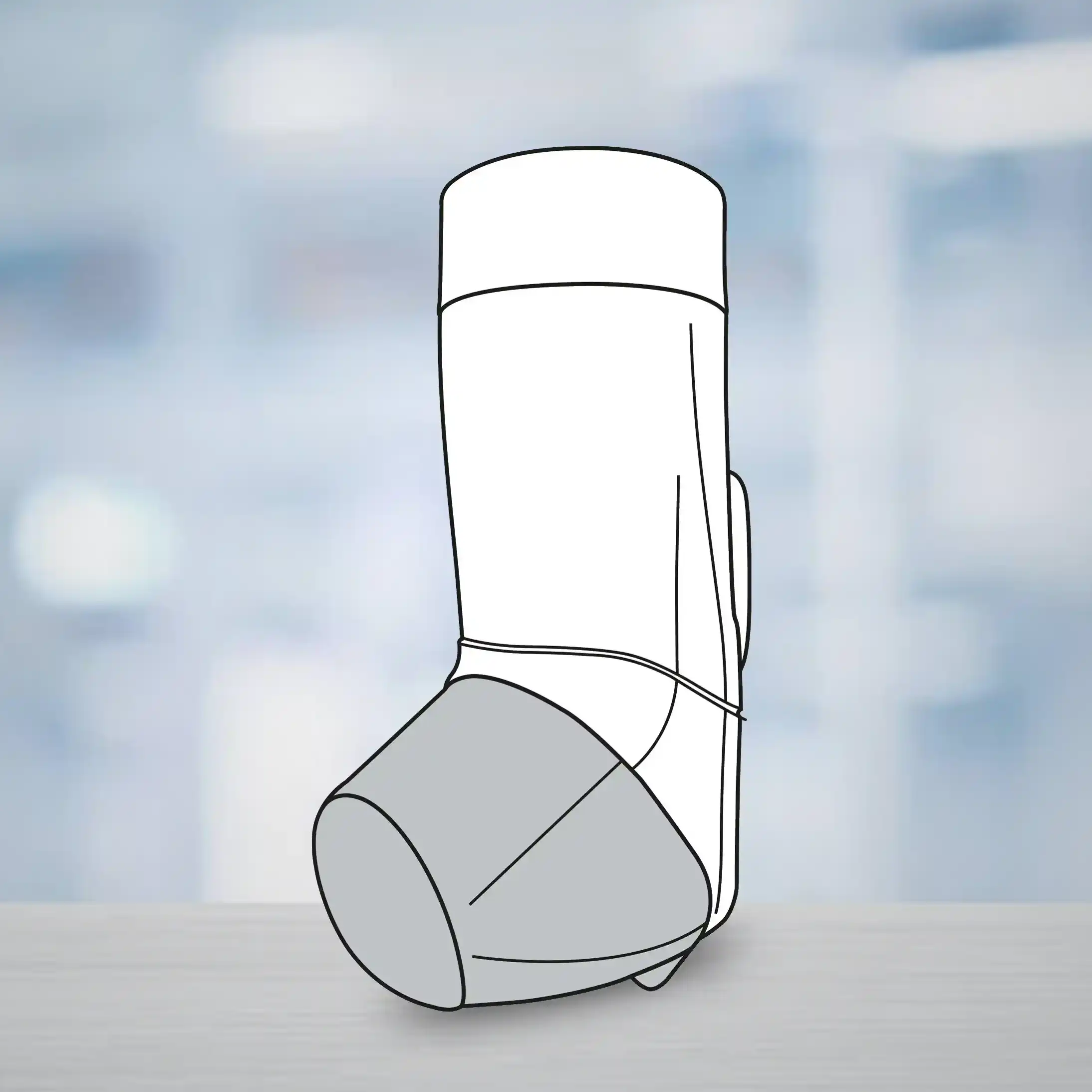|
Intermediate risk is usually defined as a 10-year Framingham risk of 10% to 20%. However there are number of people esp. women who are at increased CV risk if they have a 10-year Framingham risk of 11% to 20% and an elevated hs-CRP. - Dr. Ridker |
Background
- Recent primary prevention guidelines issued in Canada endorse the use of statin therapy among individuals at "intermediate risk" who have elevated levels of hs-CRP.
- However, trial data directly addressing this recommendation of statin therapy have not previously been published.











